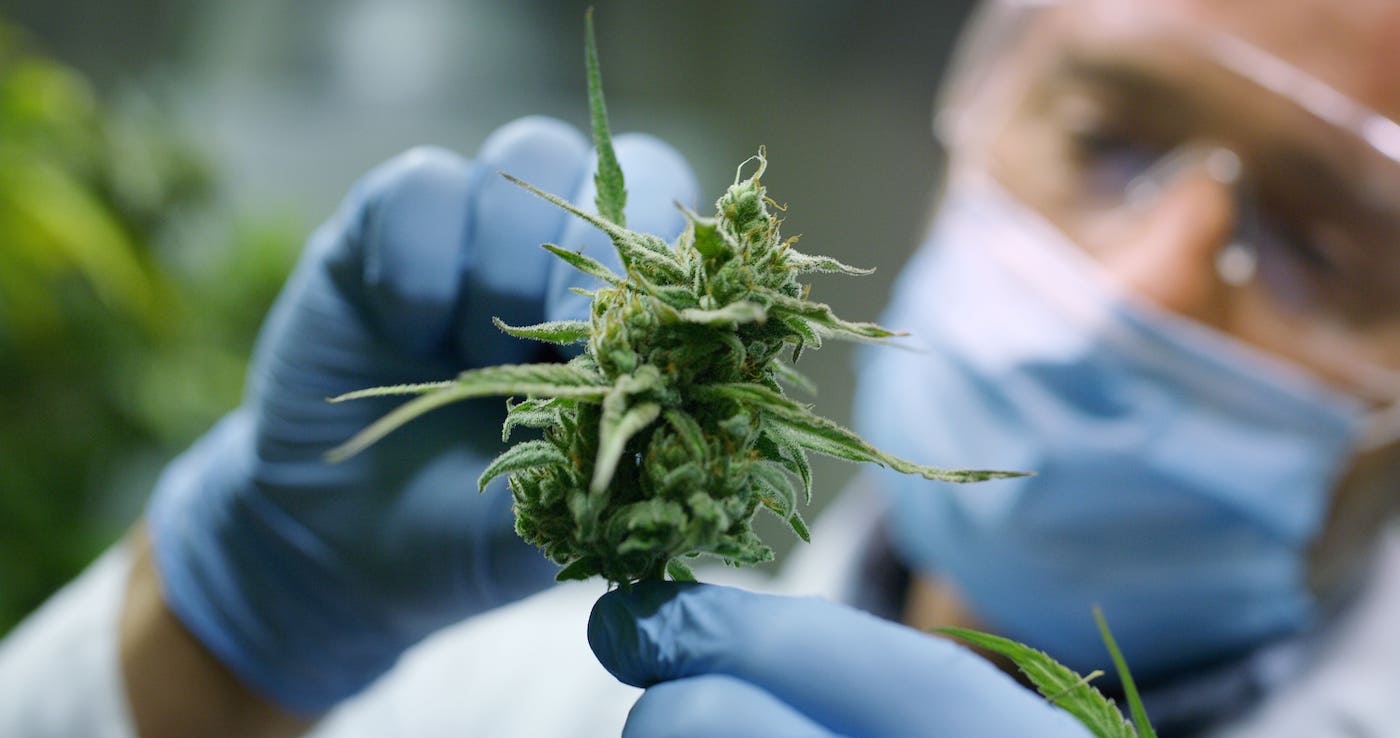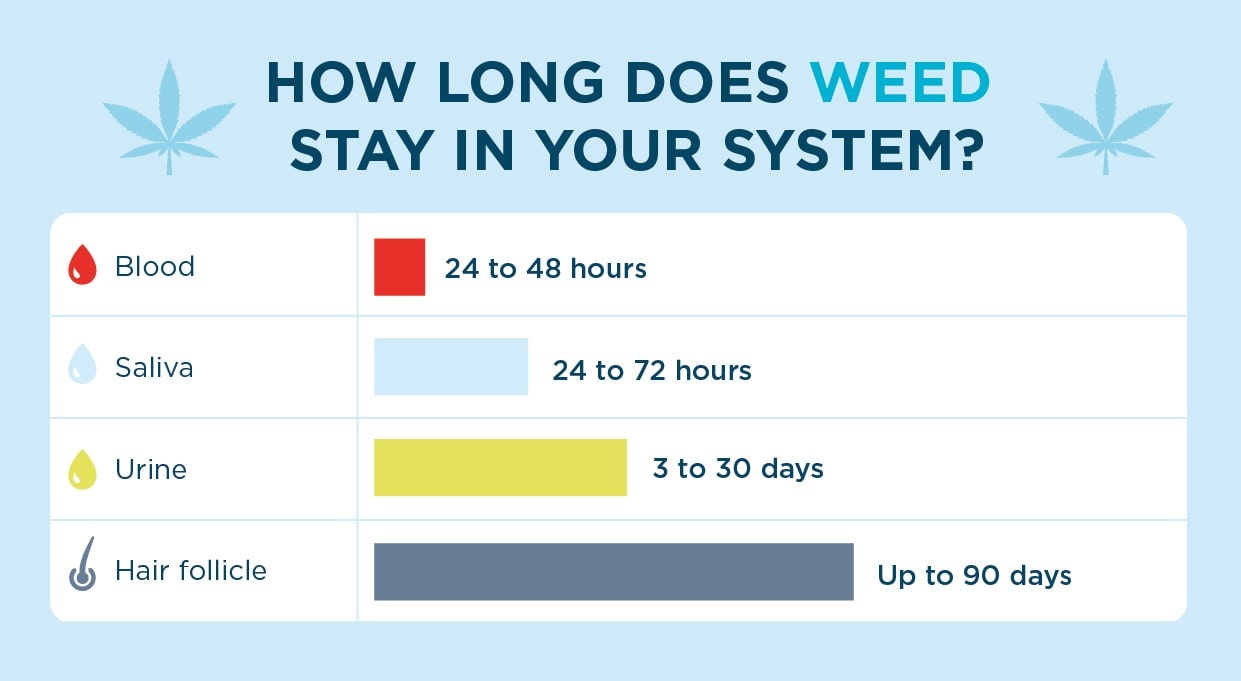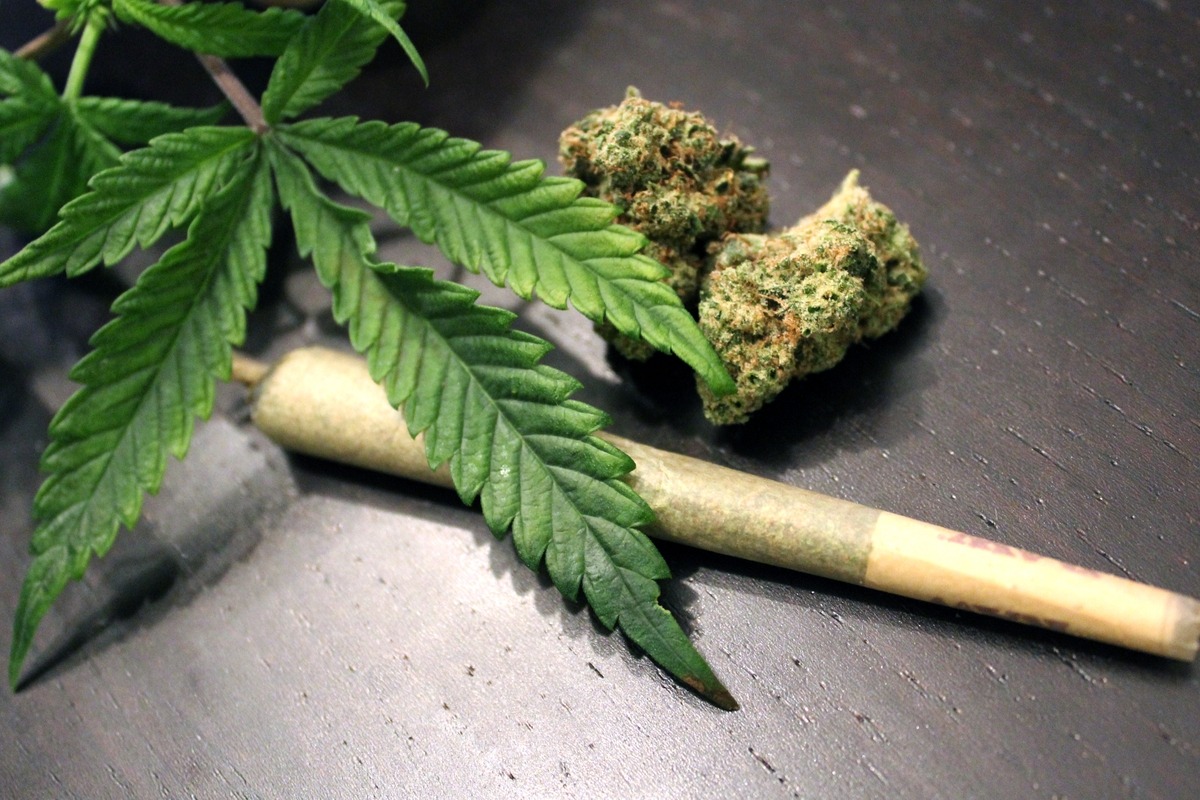Disclaimer: This article is for informational purposes only and does not constitute medical or legal advice. Cannabis laws and effects vary by region and individual. Always consult a licensed medical professional before using cannabis in connection with physical activity.
With growing legalization and acceptance of cannabis in many countries and U.S. states, a rising number of fitness enthusiasts are combining marijuana use with exercise. From casual gym-goers to endurance athletes, some individuals report enhanced focus, better enjoyment of physical activity, and improved recovery. But what actually happens to your body and brain when you smoke weed and work out?

Cannabis and Exercise: An Emerging Trend
A 2019 study published in Frontiers in Public Health found that over 80% of cannabis users in states where it was legal reported using marijuana before or after exercise. Many claimed that it enhanced enjoyment, improved recovery, or helped with motivation. However, experts caution that while perceptions may be positive, the actual effects on the body, brain, and performance are complex and vary by dose, strain, method of consumption, and the type of workout involved.
How THC Affects the Body
The psychoactive component in cannabis, tetrahydrocannabinol (THC), binds to endocannabinoid receptors in the brain and body. These receptors influence:
-
Mood
-
Appetite
-
Pain perception
-
Memory
-
Motor coordination
THC is fat-soluble, meaning it lingers in the body for hours or even days depending on frequency and amount of use.

Short-Term Effects of Weed on Exercise Performance
1. Heart Rate and Blood Pressure
Cannabis increases heart rate and may temporarily raise blood pressure, particularly shortly after smoking. According to the American Heart Association, THC causes vasodilation (widening of blood vessels) but can lead to orthostatic hypotension—a sudden drop in blood pressure when standing.
During exercise, these cardiovascular shifts may cause dizziness or fatigue in some users, particularly during high-intensity workouts. Individuals with heart conditions should avoid cannabis before exercising unless cleared by a physician.
2. Coordination and Reaction Time
Cannabis may impair coordination, balance, and reaction time, depending on the dose. This poses safety concerns for activities requiring precision or motor skills, such as:
-
Weightlifting
-
Trail running
-
Cycling
-
Contact sports
A 2017 review in the journal Sports Medicine concluded that THC impairs psychomotor performance, potentially increasing injury risk during complex movements or fast-paced sports.
3. Perceived Exertion
Interestingly, THC can reduce the perception of pain and effort during a workout. Some users feel they can push harder or longer because the exercise feels easier. While this may help in certain endurance scenarios, it could also mask warning signs like overexertion or dehydration, particularly in hot environments.
Does Cannabis Improve Exercise Performance?
There is currently no strong scientific evidence that smoking weed enhances athletic performance. In fact, the World Anti-Doping Agency (WADA) lists THC as a prohibited substance during competition due to its possible impact on decision-making, safety, and fairness.
However, the subjective effects—such as improved mood, reduced anxiety, and increased enjoyment—may encourage some people to exercise more regularly, which is a net positive from a public health perspective.
Recovery and Pain Relief After Exercise
Where cannabis may hold more promise is in post-workout recovery. Studies suggest cannabis can help:
-
Reduce inflammation
-
Relieve muscle soreness
-
Improve sleep quality
-
Alleviate joint or chronic pain
CBD, the non-psychoactive cannabinoid, is particularly popular for recovery support, as it does not impair cognition or coordination and is not intoxicating. Many athletes use CBD-infused creams, oils, or gummies to manage post-exercise discomfort.
Risks and Considerations
While some individuals tolerate cannabis well during physical activity, combining marijuana with exercise is not risk-free. Risks include:
-
Dehydration: Cannabis can cause dry mouth and increased fluid loss. Exercise compounds this risk.
-
Reduced alertness: May impair judgment and response time, leading to accidents or poor form.
-
Lung strain: Smoking cannabis—especially regularly—can irritate airways and reduce lung function over time.
-
Mental health impacts: In some users, THC may trigger anxiety, paranoia, or altered mood, especially in high doses or in those with underlying mental health conditions.
-
Legal and workplace consequences: Cannabis remains illegal or restricted in many regions and professions. Even legal use can trigger failed drug tests in competitive sports or employment.
Cannabis Strain and Method of Consumption Matter
Not all weed is created equal. The effects depend greatly on:
-
THC vs. CBD ratio
-
Strain type (Sativa may be more energizing; Indica more relaxing)
-
Consumption method (smoking, vaping, edibles, tinctures)
For those considering cannabis before exercise, experts recommend:
-
Low THC doses (microdosing)
-
Non-smoking methods (e.g., vaporizers or edibles)
-
Avoiding use before high-risk activities (e.g., heavy lifting or operating machinery)
What Do Doctors Say?
Medical professionals urge caution and moderation. While occasional cannabis use in healthy individuals may not pose significant harm, using it before a strenuous workout—or as a consistent performance enhancer—has more unknowns than proven benefits.
Dr. Jordan Tishler, a Harvard-trained cannabis expert, explains that cannabis is “not a performance enhancer,” and advises users to be especially cautious about dosing, hydration, and the physical demands of their workout.

Conclusion
Smoking weed before working out can influence your body in multiple ways—from boosting perceived enjoyment and decreasing soreness to potentially impairing coordination and cardiovascular function. While the science around cannabis and exercise is still emerging, current evidence shows more risks than performance benefits, especially with higher THC doses or smoking methods.
For individuals considering mixing cannabis and fitness, it’s best to:
-
Start with low doses
-
Avoid complex or high-risk workouts
-
Focus on recovery support rather than performance enhancement
-
Talk to a qualified healthcare provider if you have underlying medical conditions

